|
Clouds |
Cumulus
|
| Mostly fair weather clouds, well delimited in the sky; these are the clouds that children draw, and that philosophers use as examples when discussing the phenomenon of vagueness ;-) |
 |
 |
 |
||
 |
 |
 |
 |
||
Altocumulus
|
| A cloud that wanders around 3000m, it can have a very wide variety of forms (saying this about any cloud is probably not very informative, now I think about it ;-). If there is a thick layer of altocumulus there will very likely be some rain in the next couple of hours. If they stand alone however, they announce a fine weather. |
 |
 |
 |
||
 |
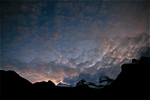 |
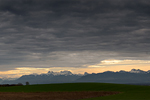 |
||
Lenticular Altocumulus
|
| Situated between 2'000m and 4'000m, they usually are a sign of a strong wind. |
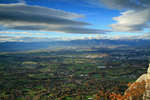 |
||||
Cumulonimbus
|
| A very big (several kilometers across) storm-announcing cloud. It can be as wide as 20km. The one below is very small, it's something between a cumulus and a cumulonimbus; I still have to take a better photo here :-) |
 |
||||
Cirrus
|
| Thin clouds high in the sky. They usually never cover the whole sky, and they are situated between 5'000m and 10'000m. Often, they announce a forthcoming change in the weather in the next days : rain. |
 |
 |
 |
||
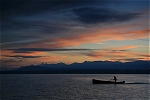 |
 |
 |
||
Cirrostratus
|
| A thin cloud very high in the sky, it is often like a thin veil, and you can see the sun through it. If it covers the whole of the sky, it announced rain in the next hours. |
 |
 |
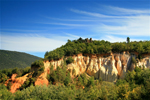 |
||
 |
Stratus
|
| A low-situated cloud, between 0m and 500m. When it is really low, it is a fog. It's probably not a surprise that the next two photos were taken in ... Ireland ;-) |
 |
 |
||||
Stratocumulus
|
| A more-or-less thick layer of cumulus, usually a couple of hundered meters thick, situated between 1'000m and 2'000m. Usually, they end up transformed into cumulus, but sometimes they can stick around for quite a long time. |
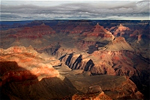 |
 |
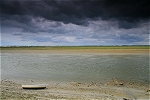 |
||
 |
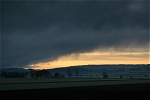 |
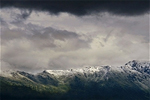 |
||
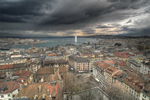 |
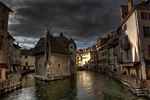 |
|||
Altostratus
|
| A uniform layer of clouds, at about 3'000m; if it thickens it announces rain. |
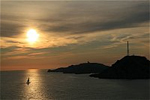 |
||||
Nimbostratus
|
| A bad weather cloud located between 1'500m and 5'000m, often accompanied by rain - if it is cold enough, the rain becomes snow. |
 |
 |
 |
||
An ocean of clouds
|
| A layer of stratus or stratocumulus seen from above. |
 |
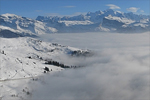 |
 |
||
Rays of light
|
| Usually, this can be seen when the sun shines through holes in thick clouds, so it means that rain is in the neighbourhood. |
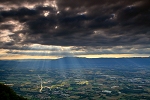 |
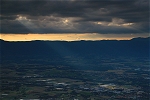 |
|||
Blue sky
|
| The sky is more or less blue depending on humidity and pollution of the air. Well, in my case it also depends on the filter I use ;-) |
 |
 |
 |
 |
||
 |
||||
The red sun
|
| When the sun is very low in the sky, the rays have to cover a longer distance in the atmosphere, which plays a role of a filter that stops first the blue part of the spectrum, then the green one, and then the yellow. In the end, only the red part remains. |
 |
 |
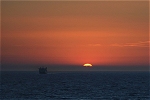 |
||